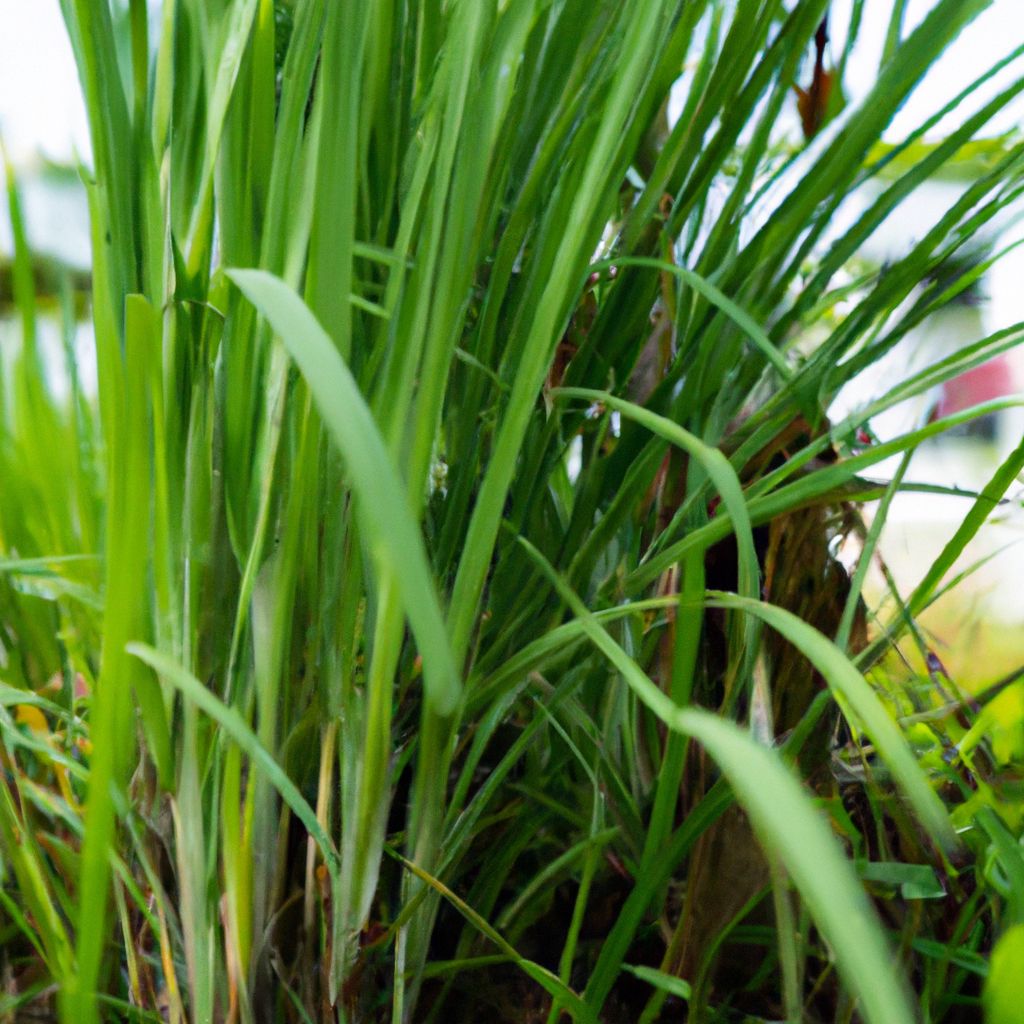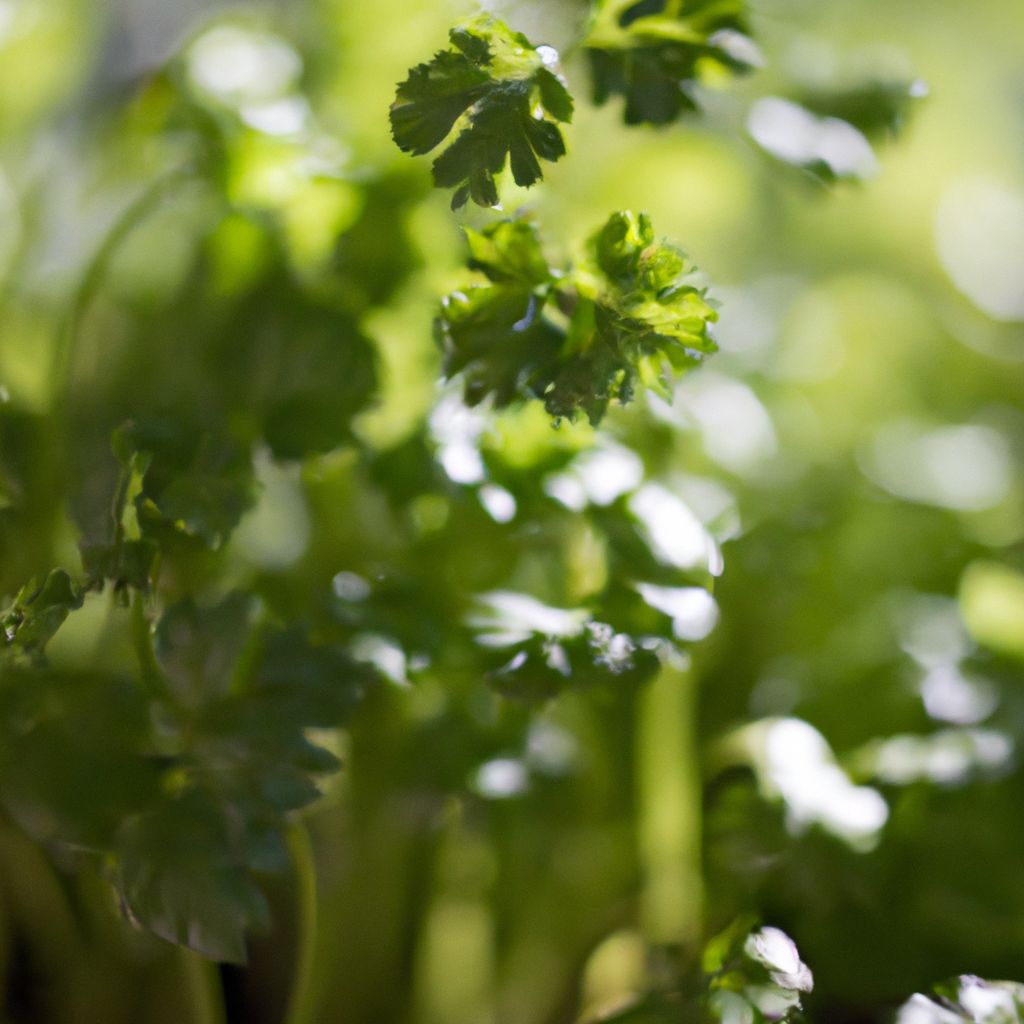Lemongrass, a tropical marvel, is cherished for its refreshing citrusy aroma and flavor. It’s a staple in many Asian cuisines and also a beloved plant among gardeners looking to add a touch of the exotic to their gardens. The journey of growing lemongrass at home is both rewarding and enjoyable. Whether you have a sprawling backyard or a modest balcony, cultivating lemongrass is feasible and highly rewarding. This comprehensive guide aims to navigate you through the process of growing lemongrass at home, ensuring a bountiful harvest and endless culinary adventures.
Choosing the Right Lemongrass Variety
When embarking on the journey of growing lemongrass at home, selecting the right variety is the cornerstone of your success.
Common Varieties for Home Growing
- East Indian Lemongrass (Cymbopogon flexuosus): Known for its lemony flavor and high oil content, this variety is a favorite among home gardeners and chefs alike. It’s particularly suitable for essential oil extraction due to its high citral content.
- West Indian Lemongrass (Cymbopogon citratus): This variety is cherished for its superior lemon flavor and is widely used in Thai and Vietnamese cuisines. It’s also known for its medicinal properties and is often used in traditional medicine.
- Thai Lemongrass: Thai lemongrass is a robust variety with a strong lemon flavor, making it a preferred choice for culinary use. It’s a staple in many Thai dishes and is known for its ability to withstand varying growing conditions.

Considerations for Climate and Conditions
- Climate: Lemongrass thrives in warm, humid climates. However, it can also be grown in cooler regions during the summer or indoors with adequate light. Understanding your local climate will help in planning the planting schedule and ensuring a healthy growth cycle.
- Sunlight: A sunny spot with at least six hours of sunlight daily is ideal for lemongrass. If you’re growing lemongrass indoors, consider placing it near a south-facing window or under grow lights to provide the necessary light.
- Soil: Well-draining, loamy soil enriched with organic matter provides a conducive environment for lemongrass growth. A pH range of 6.0 to 7.5 is ideal for this herb.
Preparing Space for Growing Lemongrass at Home
A well-prepared growing space is the bedrock of a healthy lemongrass plant. Here’s how to get your space ready:
Selecting Containers or Garden Beds
- Containers: Choose containers with ample drainage holes to prevent waterlogging. A container with a diameter of at least 12 inches is ideal. Larger containers allow for more robust growth and reduce the frequency of watering.
- Garden Beds: Ensure the bed is well-draining to avoid water stagnation. Raised beds can be a good option to ensure proper drainage. The raised beds should be at least 12 inches high to provide adequate room for the roots to spread and grow.
Providing Sunlight and Drainage
- Sunlight: Position your lemongrass where it can bask in full sun for the majority of the day. Lemongrass loves the sun, and ample sunlight will result in lush, healthy plants with a strong lemon flavor.
- Drainage: Incorporate gravel or sand to improve drainage, especially if your soil is clayey. Proper drainage is crucial to prevent root rot and other water-related issues.
Soil Preparation and Fertilization
- Soil Preparation: Enrich the soil with well-rotted compost or manure to provide the necessary nutrients. A well-prepared soil will ensure your lemongrass has a strong start, leading to better growth and a bountiful harvest.
- Fertilization: A balanced slow-release fertilizer applied in the spring can boost your lemongrass’s growth. Additionally, a monthly dose of liquid fertilizer during the growing season will keep your lemongrass healthy and vibrant.

Planting and Caring for Lemongrass
With a prepared bed or container, you are now ready to plant your lemongrass.
Seeds vs. Transplants
- Seeds: Sow lemongrass seeds indoors 6-8 weeks before the last expected frost. Transplant seedlings outdoors once the danger of frost has passed. Seedlings should be spaced about 24 inches apart to allow for growth.
- Transplants: Starting with a transplant or a store-bought stalk can expedite the growing process. Transplants should be planted at the same depth they were growing in their previous container.
Watering and Maintenance
- Watering: Keep the soil moist, especially during the first few weeks after planting. Once established, lemongrass is quite drought-tolerant. However, regular watering during dry periods will ensure a healthy plant.
- Mulching: Apply a thick layer of mulch to retain soil moisture and suppress weeds. Mulching also helps to regulate soil temperature, providing a conducive environment for growth.
Pruning and Harvesting
- Pruning: Trim the tops and remove dead leaves to encourage new growth. Pruning also helps in maintaining a tidy appearance and can stimulate a bushier growth.
- Harvesting: Harvest stalks once they are about 12 inches tall, cutting them near the base of the plant. Regular harvesting encourages new growth and results in a more productive plant.
Pest and Disease Management
Lemongrass is relatively pest and disease-resistant, but vigilance is key to a healthy plant.
Identifying and Preventing Pests
- Common Pests: Spider mites, aphids, and whiteflies can be deterred with neem oil or insecticidal soap. Regular inspection of your plants will help in early detection and management of pest infestations.
- Preventive Measures: Ensure good air circulation and avoid overhead watering to keep pests at bay. Healthy plants are less likely to suffer from pest infestations, so proper care and maintenance are crucial.
Recognizing and Treating Diseases
- Common Diseases: Rust, leaf blight, and root rot are some diseases that can affect lemongrass. Early detection and treatment with fungicides can manage these diseases. It’s also advisable to remove and dispose of infected plants or plant parts to prevent the spread of diseases.

Harvesting and Using Lemongrass
The joy of growing lemongrass at home culminates in the harvest.
Harvesting Stalks
- When to Harvest: Harvest lemongrass stalks once they are thick and green, usually when they reach about 12 inches in height. The best time to harvest is in the early morning or late afternoon when the temperatures are cooler.
- How to Harvest: Use a sharp knife to cut the stalks close to the ground level, leaving the roots intact for future growth. Harvesting in this manner will encourage new shoots to grow, ensuring a continuous supply of lemongrass.
Culinary Uses and Recipes
- Soups and Curries: Lemongrass adds a zesty flavor to soups, curries, and stir-fries. Its unique citrusy flavor enhances the taste of various dishes, making it a favorite among chefs and home cooks alike.
- Marinades: Use lemongrass to marinate meats and seafood for a burst of citrusy flavor. A simple marinade of lemongrass, garlic, ginger, and soy sauce can transform your grilling game.
Making Lemongrass Tea
- Preparation: Simmer fresh or dried lemongrass stalks in boiling water for a soothing, aromatic tea. You can also add other herbs like mint or ginger for an added flavor dimension.
- Benefits: Lemongrass tea is not only refreshing but also boasts potential health benefits like aiding digestion and reducing anxiety. It’s a healthy and delicious way to enjoy your homegrown lemongrass.

Frequently Asked Questions
In this section, we address common questions and concerns about growing lemongrass at home, providing insightful answers and solutions to ensure a successful lemongrass gardening experience.
- Can I grow lemongrass indoors?Yes, lemongrass can be grown indoors provided it receives at least six hours of sunlight daily. If natural sunlight is insufficient, grow lights can be used to supplement the light requirement.
- How long does it take for lemongrass to grow?Lemongrass grows relatively fast. From seed or small transplants, it can reach a harvestable size in about 4 to 6 months depending on the growing conditions.
- Is lemongrass perennial?Yes, lemongrass is a perennial plant in tropical and subtropical regions. In cooler climates, it can be grown as an annual or brought indoors during the winter months.
- How do I propagate lemongrass?Lemongrass is easily propagated from cuttings or division. Simply cut a healthy stalk and place it in water or soil, and it will soon develop roots.
Growing lemongrass at home is a delightful venture that rewards you with a bounty of aromatic stalks ready to grace your culinary creations. Embrace the process, and you’ll find that the flavors of homegrown lemongrass are unparalleled, making every dish a memorable experience.
















































